Cyber Security News Aggregator
.Cyber Tzar
provide acyber security risk management
platform; including automated penetration tests and risk assesments culminating in a "cyber risk score" out of 1,000, just like a credit score.What are the RAF Ranks?
published on 2024-03-07 08:00:00 UTC by Simon BurgeContent:
The Royal Air Force (RAF) boasts a hierarchy of ranks, encompassing commissioned officers, non-commissioned personnel, and specialised aircrew.
This article unveils the diverse RAF ranks, from fledgling officers to seasoned veterans, providing insights into their roles and responsibilities, as well as delving into how to join the RAF, how career progression happens and the RAF ranks of Air Cadets.
Commissioned RAF Ranks
RAF commissioned ranks encompass a hierarchical structure for officers within the Royal Air Force.
Pilot Officer
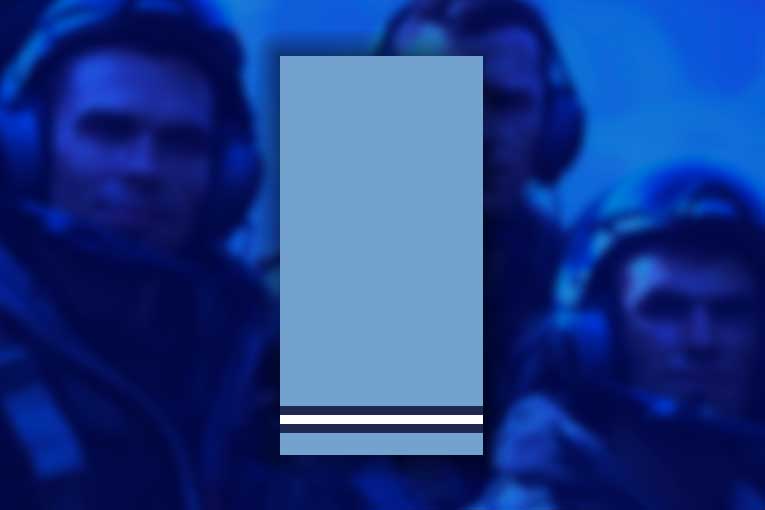
As the lowest-ranking commissioned officer, a Pilot Officer is in the early stages of their career.
Responsibilities include undergoing initial training, gaining practical experience, and supporting more senior officers in various capacities.
They often take on roles that contribute to the broader functioning of the RAF.
Flight Officer
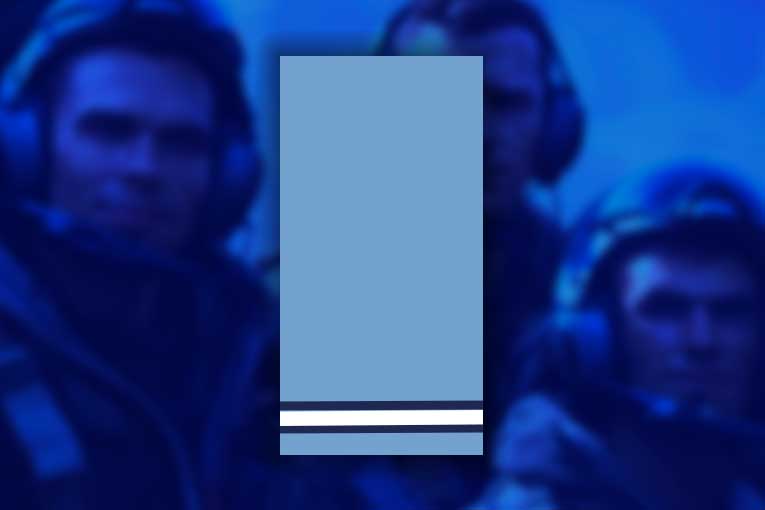
A Flight Officer is a junior commissioned officer responsible for demonstrating proficiency and leadership capabilities.
They actively participate in operational activities, supporting the execution of missions and coordinating with team members.
Flight Officers often serve as liaisons between higher-ranking officers and enlisted personnel, ensuring smooth communication within the unit.
Flight Lieutenant
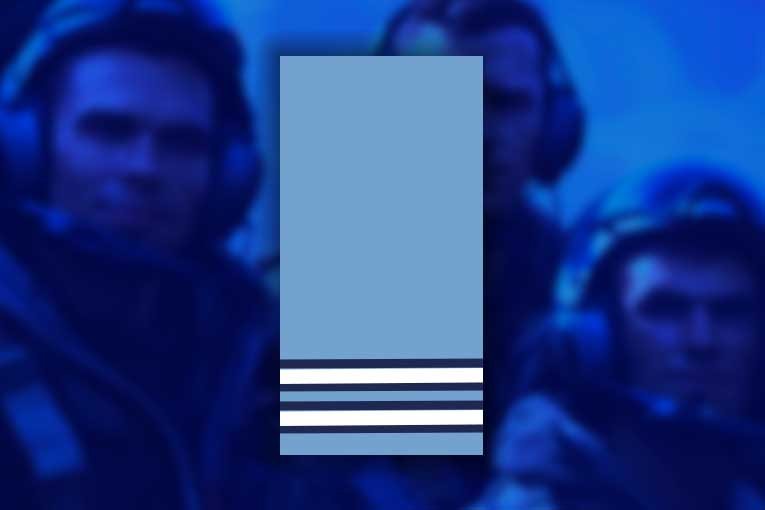
As a mid-level officer, a Flight Lieutenant assumes more significant responsibilities, managing and leading teams in specific roles.
They play a key role in overseeing day-to-day operations, providing guidance to subordinates, and ensuring that mission objectives are met efficiently.
Flight Lieutenants are also involved in the planning and execution of tactical missions.
Squadron Leader
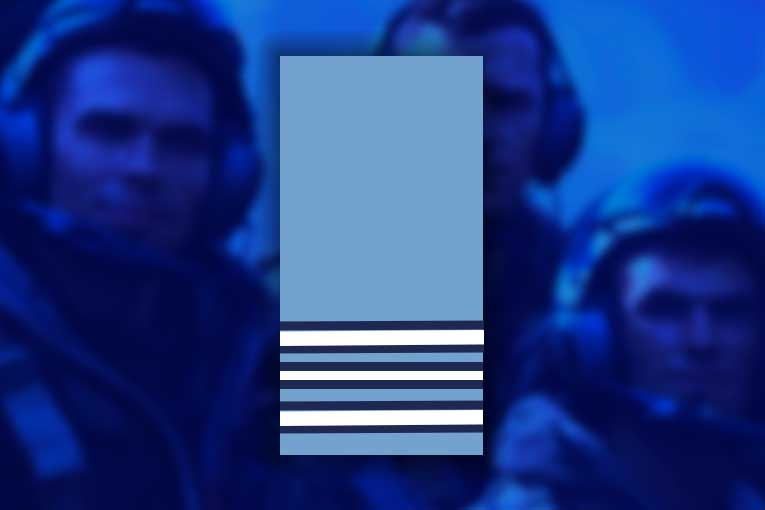
With increased experience, a Squadron Leader takes on a leadership role, overseeing entire squadrons.
They are responsible for managing operational units, ensuring the readiness of personnel and equipment, and coordinating activities to achieve mission success.
Squadron Leaders play a crucial role in the strategic planning and execution of RAF operations.
Wing Commander
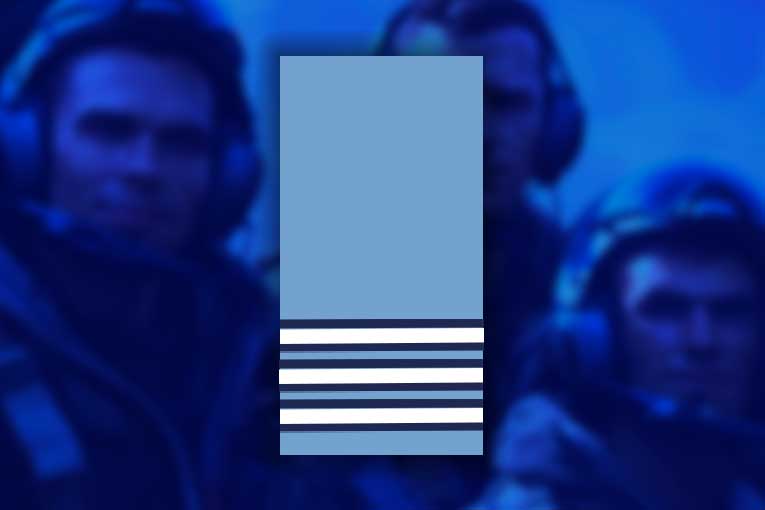
A Wing Commander is a senior officer responsible for managing multiple squadrons.
They are involved in strategic planning, policy implementation, and overseeing the overall efficiency of operations.
Wing Commanders contribute to the broader organisational goals, ensuring that their assigned units are well-prepared and aligned with RAF objectives.
Group Captain
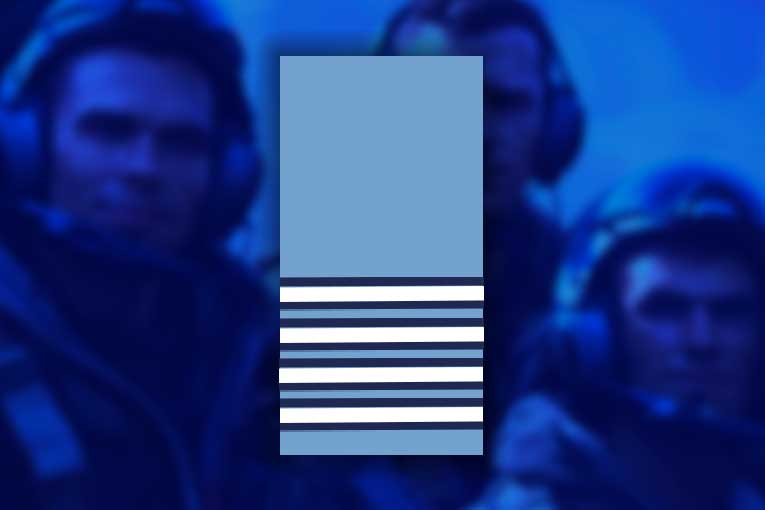
As a high-ranking officer, a Group Captain is tasked with broader operational and administrative duties.
They provide leadership at the group level, overseeing multiple squadrons and ensuring that organisational objectives are met.
Group Captains play a pivotal role in shaping the direction of their assigned groups and contributing to RAF policy development.
Air Commodore
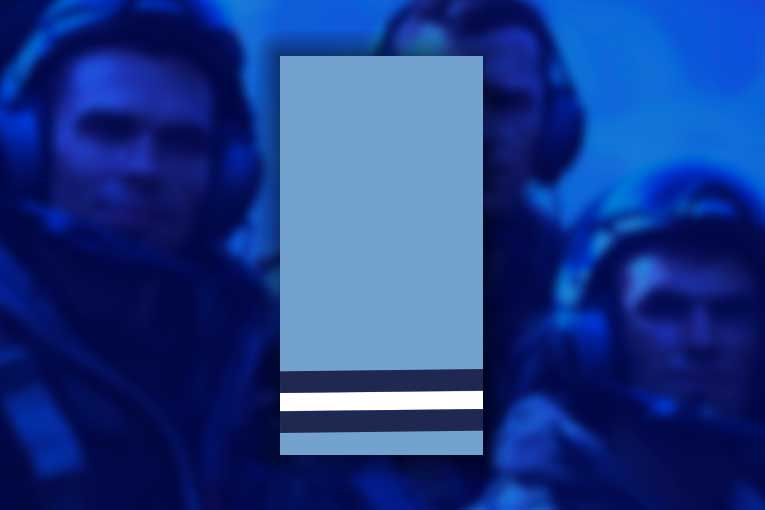
An Air Commodore holds a senior leadership position, often involved in policy-making and overseeing large-scale operations.
They provide strategic guidance, contribute to the development of RAF initiatives, and ensure that their assigned areas operate efficiently.
Air Commodores are key decision-makers within the RAF’s leadership structure.
Air Vice-Marshal
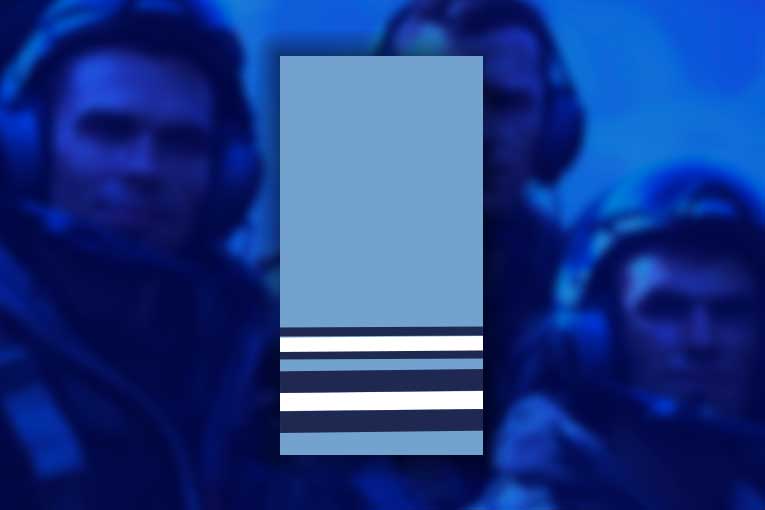
As a senior leader, an Air Vice-Marshal plays a critical role in strategic planning and execution.
They contribute to high-level decision-making, shape policy, and provide guidance to subordinate officers.
Air Vice-Marshals are integral to the effective functioning of the RAF, leveraging their expertise to enhance overall operational capabilities.
Air Marshal
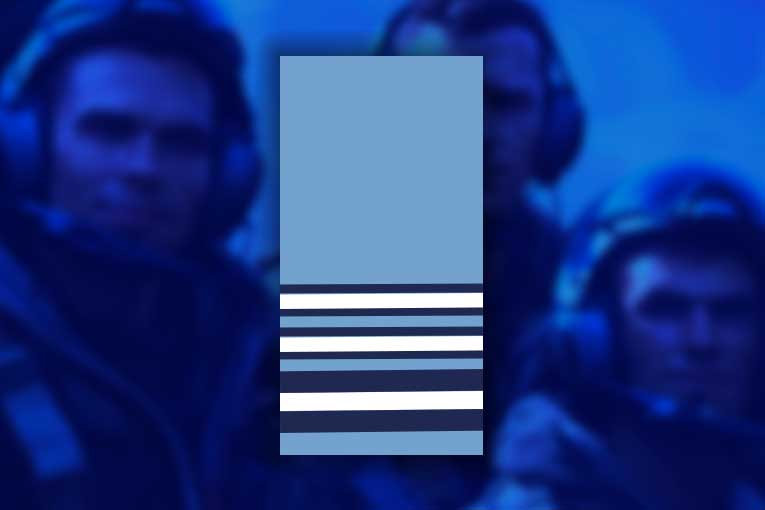
Air Marshals hold senior leadership positions and are responsible for high-level command and control.
They contribute to the formulation of major strategic decisions, ensuring that RAF operations align with broader defence objectives.
Air Marshals play a crucial role in shaping the overall direction of the RAF.
Air Chief Marshal
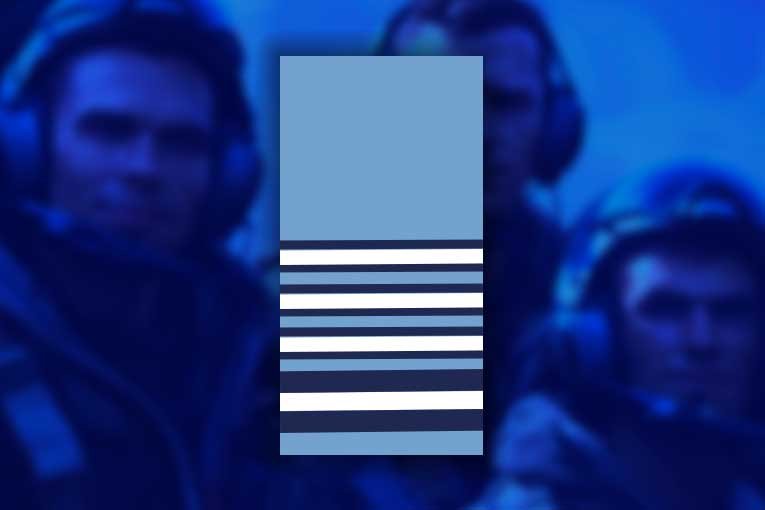
As one of the highest-ranking officers in the RAF, an Air Chief Marshal serves as a senior leader with responsibilities in command and control.
They play a key role in shaping strategic objectives, providing guidance to subordinate commanders, and contributing to the overall effectiveness of the RAF.
Marshal of the Royal Air Force
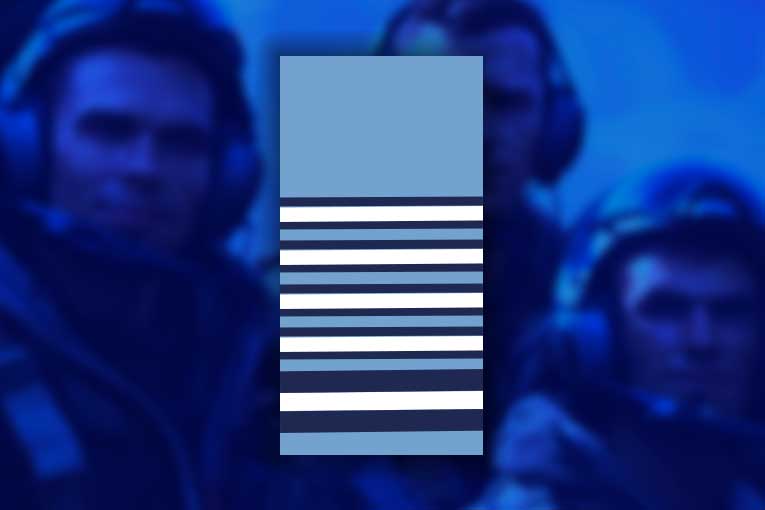
This is an honorary rank reserved for exceptional individuals who have made significant contributions to the RAF.
Marshals of the Royal Air Force often hold symbolic roles and may provide counsel to the highest levels of leadership based on their wealth of experience and expertise.
Non-Commissioned RAF Ranks
Air Specialist (Class 2)
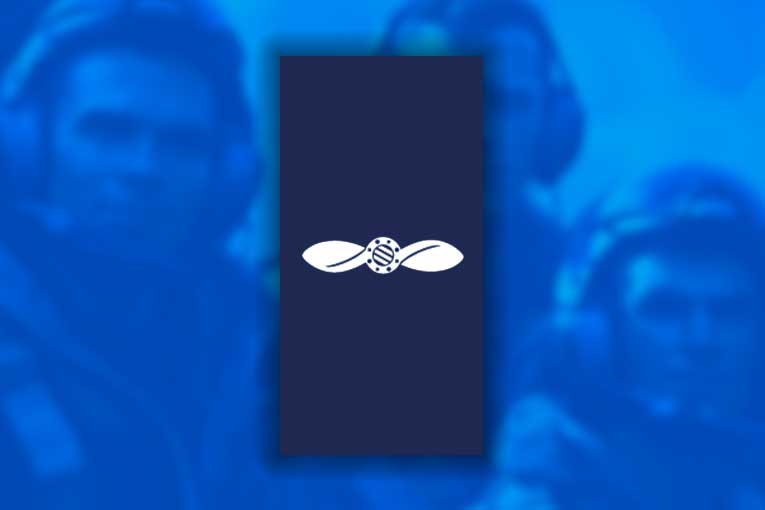
An Air Specialist (Class 2) is a non-commissioned rank responsible for providing technical expertise in specific areas.
They play a crucial role in supporting the operational capabilities of the RAF, focusing on the maintenance and repair of specialised equipment.
Air Specialists (Class 2) work under the supervision of higher-ranking personnel, ensuring that technical tasks are carried out efficiently.
Air Specialist (Class 1)
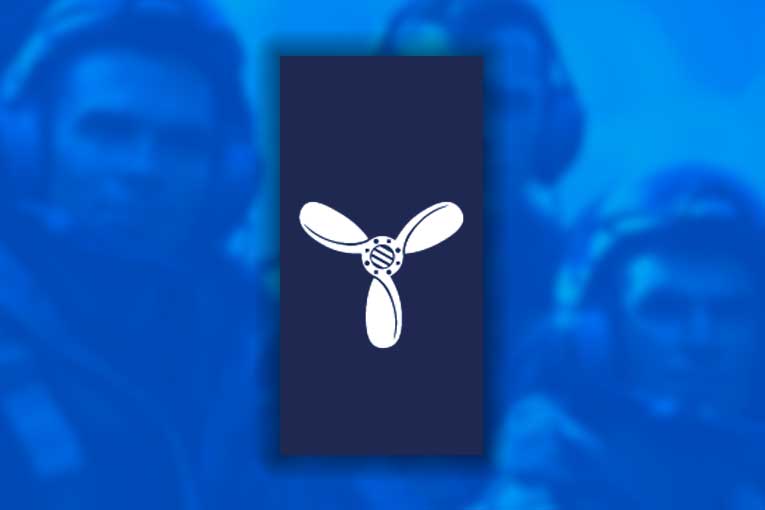
As a more experienced Air Specialist, those in Class 1 take on additional responsibilities, including overseeing technical tasks and providing guidance to junior personnel.
They contribute to the overall technical proficiency of the RAF by leveraging their expertise in specific fields. Air Specialists (Class 1) play a vital role in maintaining the functionality and readiness of critical equipment.
Air Specialist (Class 1) Technician
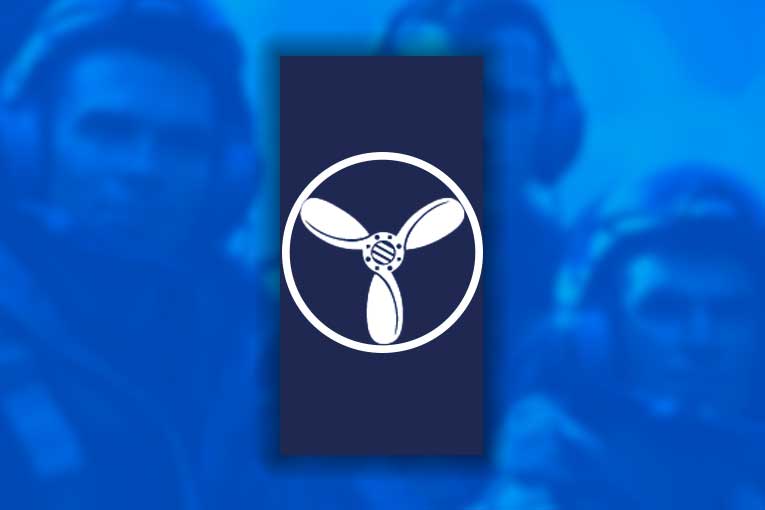
This rank signifies a higher level of technical proficiency within the RAF.
Those holding the position of Air Specialist (Class 1) Technician are responsible for advanced technical tasks, troubleshooting complex issues, and ensuring the optimal performance of specialised equipment.
They often serve as mentors to junior personnel, contributing to the ongoing skill development of the team.
Lance Corporal RAF Regiment
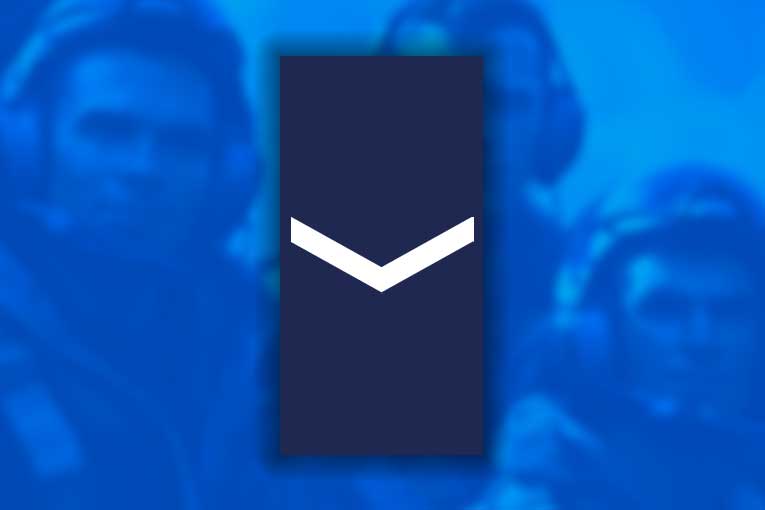
Within the RAF Regiment, a Lance Corporal holds a non-commissioned leadership role.
They are responsible for leading small teams, overseeing security operations, and ensuring the effective implementation of regimental tasks.
Lance Corporals in the RAF Regiment play a critical role in maintaining the security and defence capabilities of the RAF.
Corporal
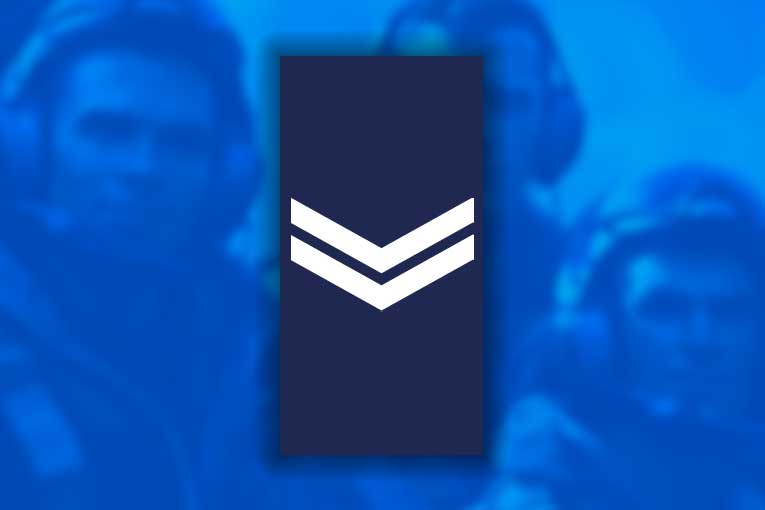
As a Corporal, non-commissioned officers take on additional responsibilities, including the supervision of teams and the coordination of operational tasks.
They contribute to the overall effectiveness of the RAF through their leadership roles, ensuring that assigned duties are carried out with precision and efficiency.
Sergeant
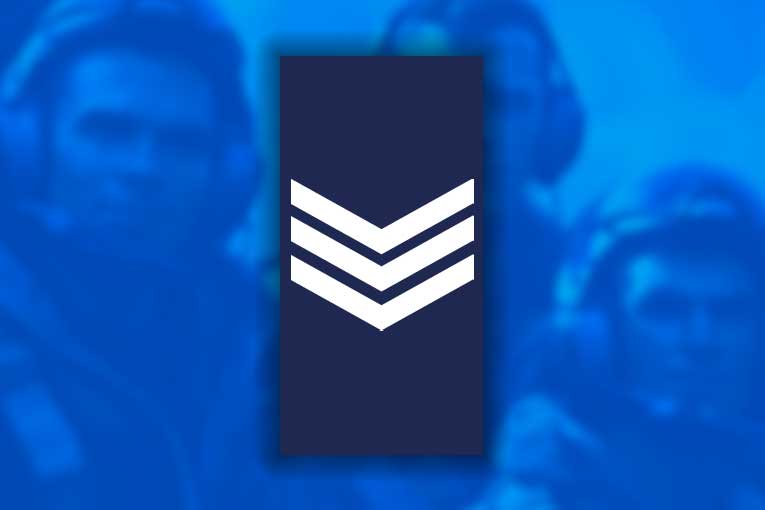
Sergeants in the RAF hold supervisory roles with responsibilities that include managing personnel, overseeing day-to-day operations, and contributing to the planning of tactical activities.
They play a key part in ensuring the smooth functioning of their units, providing leadership and guidance to those under their command.
Chief Technician
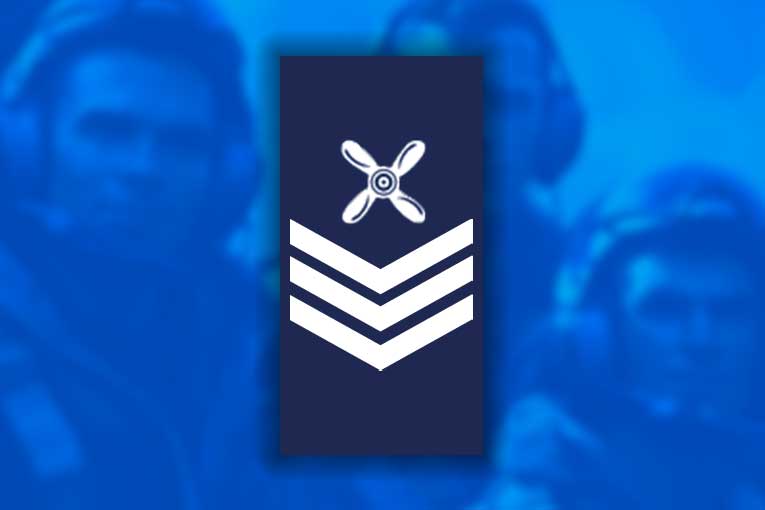
Chief Technicians are non-commissioned officers with advanced technical expertise.
They oversee technical tasks, troubleshoot complex issues, and contribute to the development of technical capabilities within the RAF.
Chief Technicians play a pivotal role in maintaining and enhancing the RAF’s technological infrastructure.
Flight Sergeant
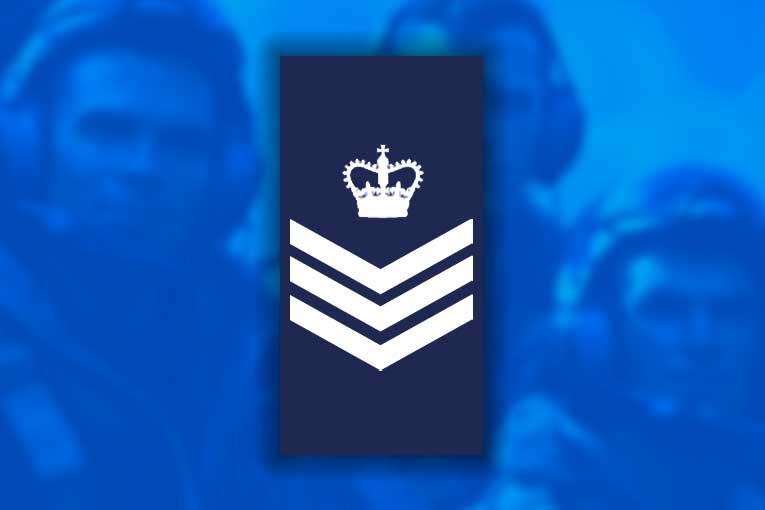
A Flight Sergeant is a senior non-commissioned officer responsible for providing leadership and guidance to personnel within their unit.
They play a critical role in overseeing operational activities, contributing to the planning of missions, and ensuring that their teams are well-prepared for assigned tasks.
Warrant Officer
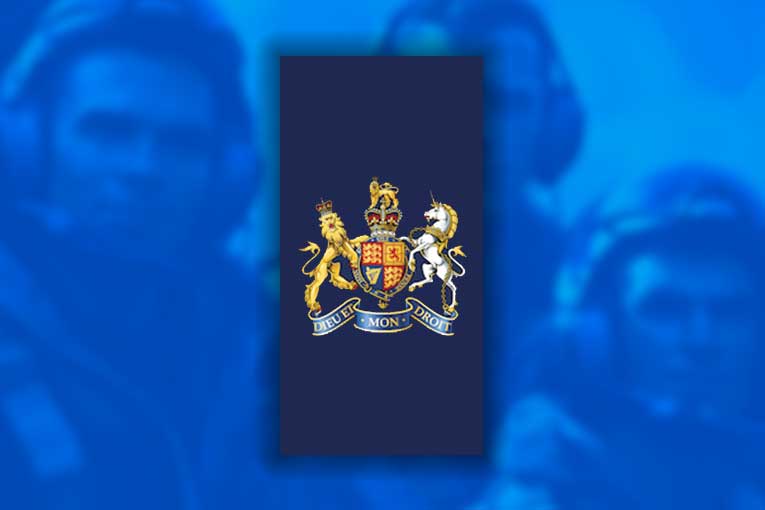
As the highest-ranking non-commissioned officers, a Warrant Officer holds significant leadership responsibilities.
They provide guidance at the highest levels, contribute to strategic decision-making, and play a crucial role in maintaining discipline and morale within the RAF.
Warrant Officers are key figures in the non-commissioned leadership structure.
Non-Commissioned Aircrew RAF Ranks
RAF Sergeant Aircrew
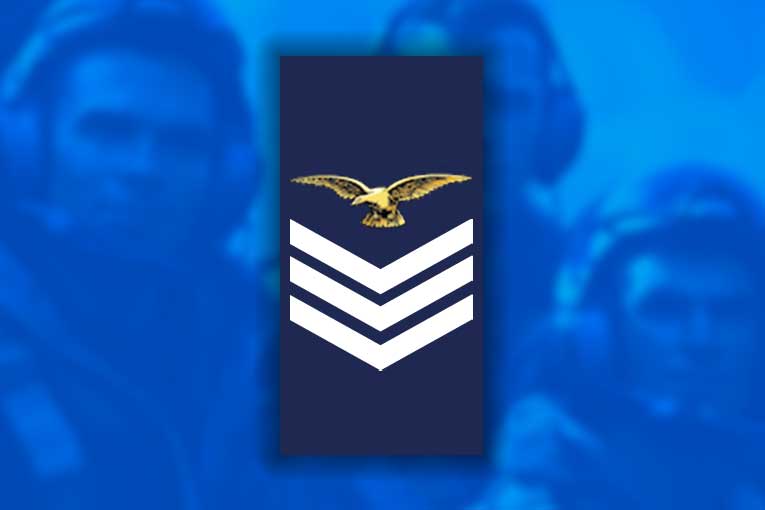
RAF Sergeant Aircrew members are skilled professionals responsible for operating and maintaining aircraft systems.
They play a crucial role in ensuring the safe and effective execution of air operations.
Responsibilities include overseeing aircrew teams, participating in mission planning, and conducting pre-flight checks to guarantee aircraft readiness.
RAF Flight Sergeant Aircrew
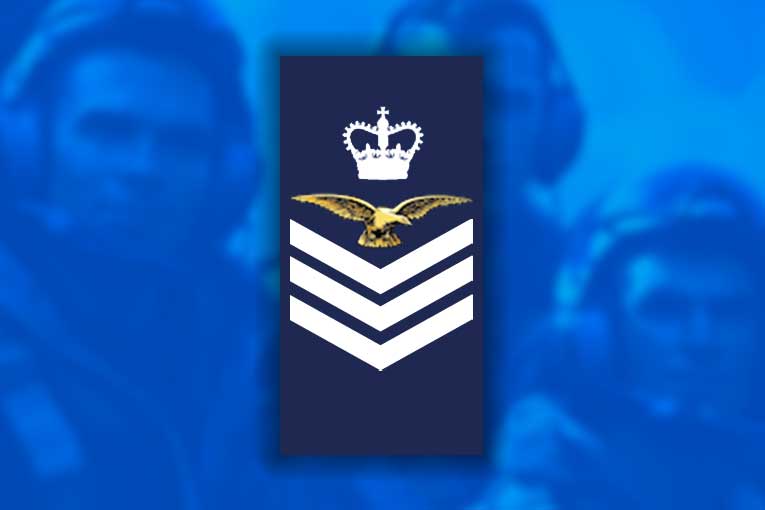
As a more senior position, RAF Flight Sergeant Aircrew members take on additional leadership responsibilities.
They supervise aircrew teams, contribute to training programs, and ensure the adherence to safety protocols during flight operations.
Flight Sergeants play a vital role in maintaining operational excellence within aircrew units.
RAF Master Aircrew
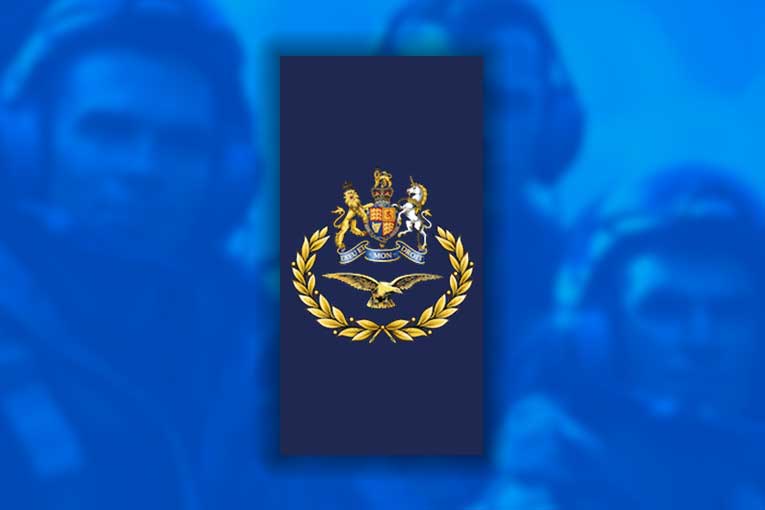
RAF Master Aircrew represents the highest level of expertise among non-commissioned aircrew members.
These individuals possess extensive experience and skills, often specialising in specific aircraft or mission types.
Their responsibilities include leading aircrew teams, providing mentorship, and contributing to the development of aircrew capabilities within the RAF.
Master Aircrew members are essential to the overall effectiveness of air operations.
How do you Increase Rank in the RAF?
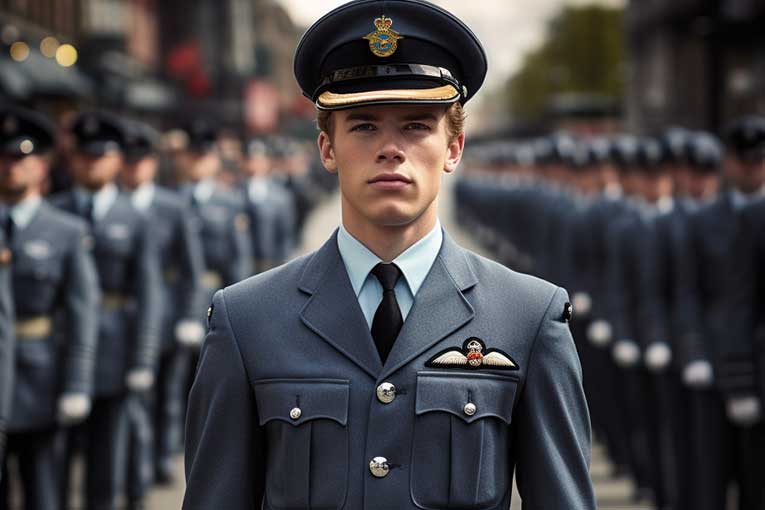
Advancing in the RAF ranks involves a combination of experience, performance, and professional development.
Here’s an overview of how individuals can increase their rank in the Royal Air Force:
Time in Service
One of the fundamental factors in RAF ranks progression is time in service.
Members of the RAF typically advance through ranks based on the number of years they have served.
Performance and Conduct
Exceptional performance and conduct play a crucial role in climbing the RAF ranks.
Individuals who consistently demonstrate leadership, professionalism, and dedication are more likely to be considered for promotions.
Professional Development
Engaging in continuous professional development is essential for career advancement.
Completing additional training, courses, or educational programs relevant to one’s role can enhance qualifications and contribute to promotion opportunities.
Examinations and Assessments
The RAF may conduct examinations or assessments as part of the RAF ranks promotion process.
These evaluations measure a candidate’s knowledge, skills, and suitability for the responsibilities associated with the next rank.
Leadership and Management Courses
Participating in leadership and management courses is often encouraged for those aspiring to higher RAF ranks.
These courses equip individuals with the necessary skills to lead teams effectively.
Specialist Qualifications
Obtaining specialist qualifications related to a specific field within the RAF ranks can also contribute to promotion.
It showcases expertise and a commitment to excellence in a particular area.
Recommendations and Nominations
Supervisors and commanding officers may provide recommendations or nominate individuals for promotion based on their exceptional contributions and potential for higher responsibilities.
Merit-Based Selection
RAF promotions are often merit-based, considering a combination of factors such as performance reviews, accomplishments, and potential for leadership roles.
How do you Join the RAF?
Joining the RAF offers 2 main entry paths to suit individuals with different qualifications and aspirations:
Direct Entry
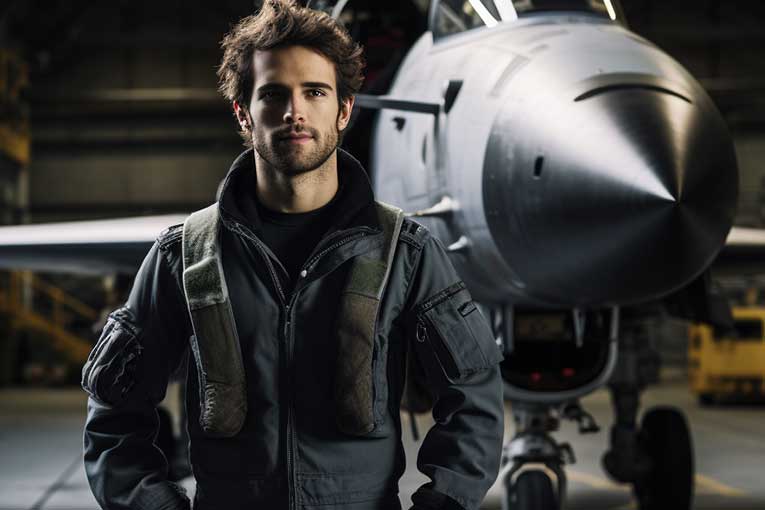
To join the RAF directly, candidates typically need a minimum of three GCSEs (or equivalent) at grades A-C, including English and mathematics.
The entry age is usually above 16, and candidates must meet specific physical fitness standards.
Direct entry allows individuals to choose specific roles and directly apply for them based on their qualifications and interests.
Apprenticeship
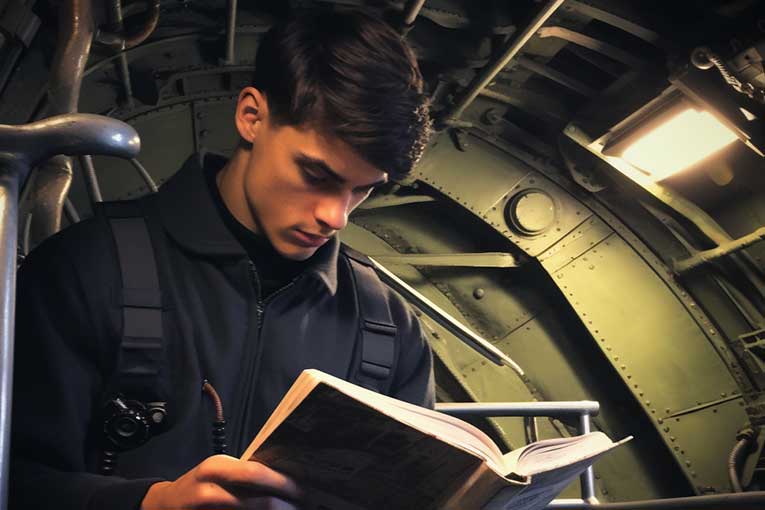
The apprenticeship route is an alternative entry pathway into the RAF, particularly suitable for those seeking a combination of education and hands-on experience.
Candidates entering through apprenticeships undergo training while working in a specific trade or occupation within the RAF.
This route often requires individuals to meet educational criteria, such as obtaining specific qualifications or completing vocational courses relevant to the chosen apprenticeship.
Both entry routes provide opportunities for individuals to contribute to the RAF’s mission, whether through direct entry based on academic qualifications or apprenticeships that combine learning and practical experience.
Aspiring RAF recruits should carefully review the specific requirements for their chosen entry path, ensuring they align with their educational background, career goals, and commitment to serving in the Royal Air Force.
What are the RAF Air Cadets?
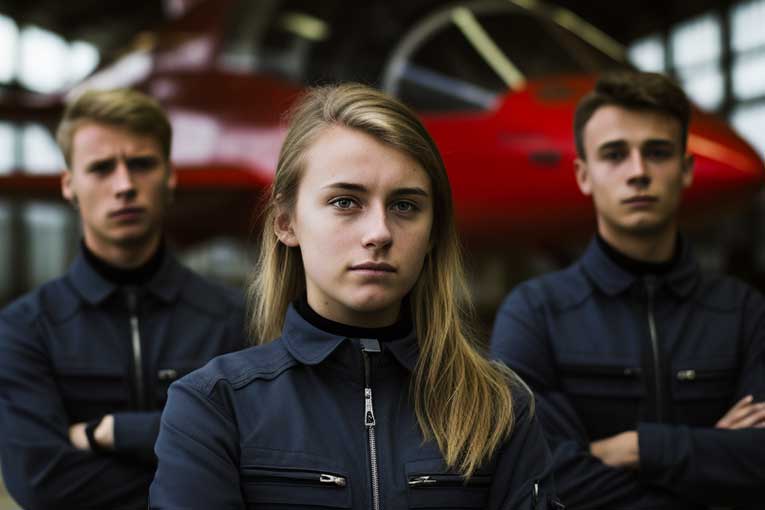
The RAF Air Cadets,is a youth organisation in the United Kingdom affiliated with the Royal Air Force.
Established in 1941, the cadets provide young individuals aged 12 to 20 with opportunities for personal development, leadership training, and aeronautical education.
RAF Air Cadet Ranks
The RAF Air Cadets have a structured rank system, similar to RAF ranks, that allows cadets to progress based on their achievements, skills, and leadership capabilities.
The ranks include:
Junior Cadet
- Entry-level rank for new cadets.
- Focus on initial orientation and basic training.
Second Class Cadet
- Recognition of cadets who have completed initial training.
- Introduction to more advanced subjects and activities.
First Class Cadet
- Achievement of higher-level training.
- Development of leadership and teamwork skills.
Leading Cadet
- Acknowledgment of advanced training and leadership capabilities.
- Opportunities to take on additional responsibilities.
Senior Cadet
- Recognition of seniority and commitment.
- Eligibility for specialised training and courses.
Master Air Cadet
- Highest cadet rank.
- Demonstrates a high level of proficiency, leadership, and dedication.
These ranks create a structured framework for personal growth and skill development within the RAF Air Cadets.
Cadets engage in a variety of activities, including aviation training, drill practice, adventure training, and community service.
The RAF aims to instil qualities such as discipline, teamwork, and responsibility while fostering an interest in aviation and the Royal Air Force.
Conclusion
You should now have the knowledge about all RAF ranks available, both commissioned and non-commissioned.
The RAF’s hierarchical structure reflects a commitment to excellence, ensuring a capable and skilled force ready to face the challenges of contemporary air operations.
From fresh recruits to seasoned leaders, each rank plays a vital role in the RAF’s mission to protect the skies and serve the nation.
https://securityjournaluk.com/raf-ranks/
Published: 2024 03 07 08:00:00
Received: 2024 03 07 08:06:42
Feed: Security Journal UK
Source: Security Journal UK
Category: Security
Topic: Security
Views: 15
